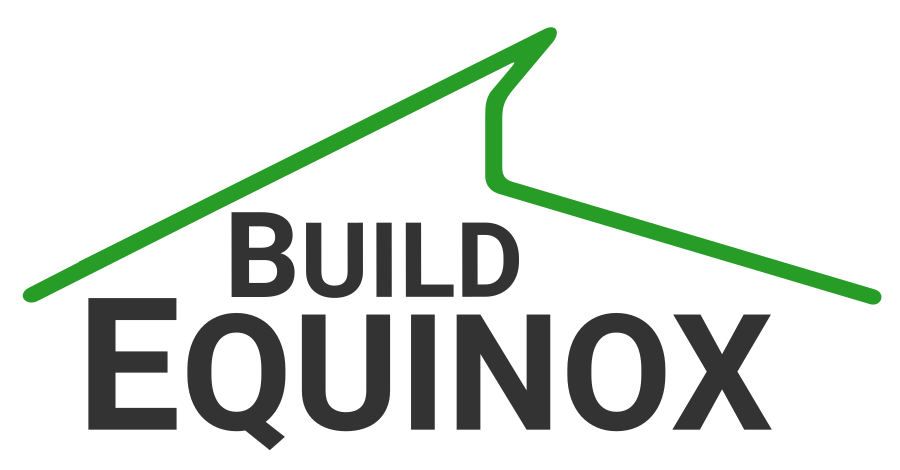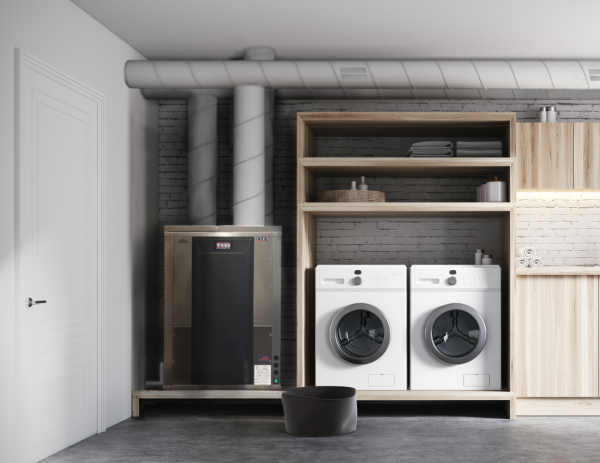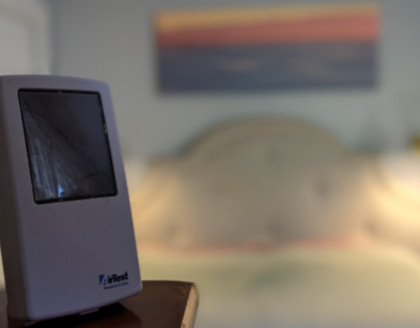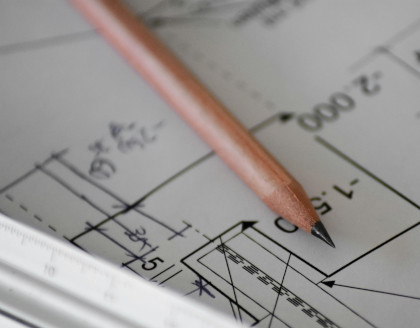Every three years, PHIUS releases an updated version of its PHIUS Certification Guidebook, reflecting the latest research and best practices for high-performance building design. One of the updates introduced in the PHIUS standards involves improved modeling guidelines for the Build Equinox CERV (page 105 of the PHIUS 2024 Certification Guidebook v25.1.0). These updates make it easier for designers and raters to represent the CERV’s performance accurately in both prescriptive and performance certification paths.
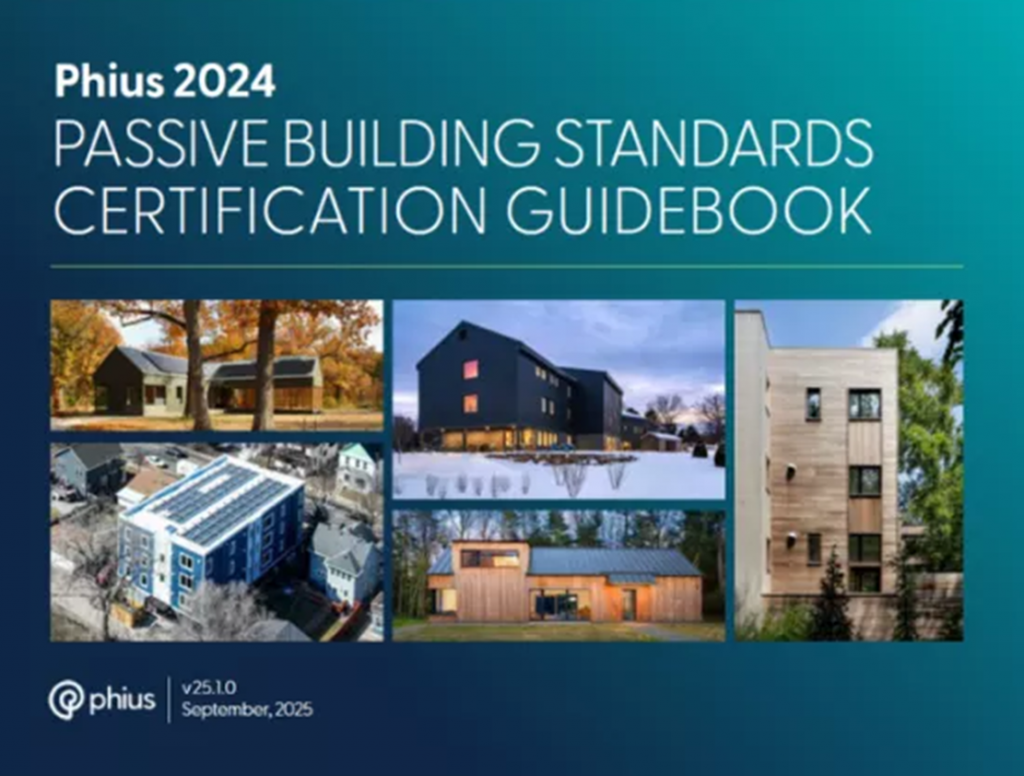
For projects using the performance path in WUFI, PHIUS now recommends modeling the Build Equinox CERV as two separate system “devices”. The first device represents mechanical ventilation and is modeled as an ERV with 100% energy recovery efficiency. The second device represents heating and cooling, capturing the CERV’s supplemental conditioning mode.
The parameters for both devices are determined using the PHIUS CERV Calculator. To obtain the calculator, contact PHIUS and provide your project number and climate location, as the CERV model developed by PHIUS relies on dynamic hourly climate data.
For projects following the prescriptive path, the CERV can now be modeled as a 100% energy recovery ventilator (ERV), fully reflecting its heat pump energy recovery ventilation function.
This change marks a major step forward, allowing modelers to show the full efficiency potential of the CERV. In previous versions, the system’s performance was understated, as it was modeled with the same assumptions used for conventional ERVs. These improvements give project teams a more accurate reflection of the CERV’s true capabilities.
For a deeper look for the PHIUS guidelines update, you can review this deep dive by Bright Power. The new update also brings new performance targets, refined modeling tools, and a stronger focus on decarbonization and occupant well-being.
